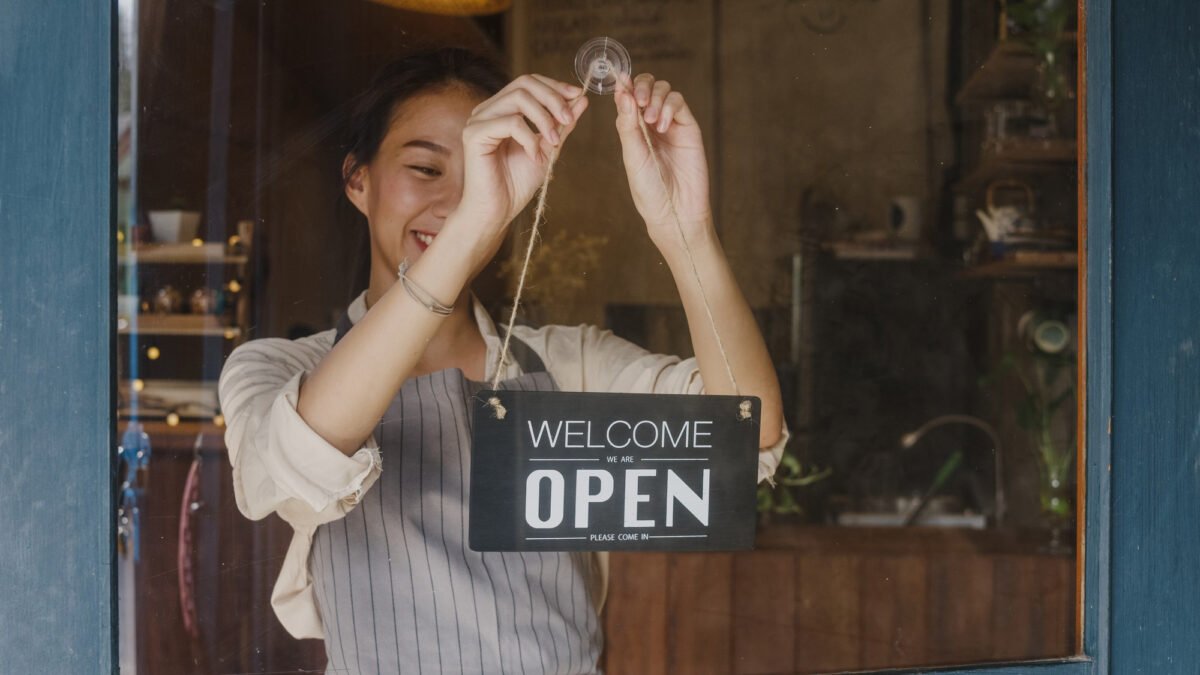Disclosure: Small Business Philippines strives to provide relevant and accurate information in all its articles. However, some information in our articles may differ or might be outdated from what you can see or read directly from the establishments’ or businesses’ websites. Please get in touch with us directly for any discrepancies.
The Philippines is a vibrant and dynamic market with a rapidly growing middle class and a strong consumer base. The country’s favorable demographics, stable political climate, and increasing purchasing power make it an attractive destination for retail businesses. By opening a store in the Philippines, you can tap into a market that offers significant growth potential and ample opportunities for success.
When to Open a Store in the Philippines
Timing is crucial when it comes to opening a store in the Philippines. Conduct thorough market research to understand the demand for your products or services and identify the most favorable time to enter the market. Consider factors such as seasonal trends, economic conditions, and competitor analysis to determine the optimal timing for your store’s launch.
Where to Open a Store in the Philippines
Choosing the right location for your store is critical to its success. In the Philippines, major cities like Manila, Cebu, and Davao offer excellent business prospects due to their large population and high consumer spending. Consider factors such as foot traffic, accessibility, proximity to target customers, and competition when selecting a location. Additionally, ensure that the area has the necessary infrastructure and amenities to support your business operations.
How to Open a Store in the Philippines – Step-by-Step Guide
Step 1: Determine Your Business Structure
Decide on the legal structure for your store, whether it’s a sole proprietorship, partnership, or corporation. Consult with a lawyer or business advisor to understand the legal requirements and implications of each structure and choose the one that best suits your needs.
Step 2: Register Your Business
Register your business with the appropriate government agencies in the Philippines. This typically involves securing a business name, obtaining the necessary permits and licenses, and registering with the Bureau of Internal Revenue (BIR) for tax purposes. Familiarize yourself with the requirements and documentation needed for registration and ensure compliance with all regulations.
Step 3: Secure a Location and Lease Agreement
Find a suitable location for your store and negotiate a lease agreement with the property owner. Ensure that the lease agreement covers essential aspects such as lease duration, rent terms, and any additional provisions specific to your business. Engage a lawyer to review the lease agreement and protect your interests.
Step 4: Obtain Permits and Licenses
Acquire the necessary permits and licenses to operate your store. These may include a mayor’s permit, barangay clearance, and clearance from relevant government agencies such as the Department of Trade and Industry (DTI) or the Securities and Exchange Commission (SEC) for corporations. Research the specific permits required for your industry and comply with the application process.
Step 5: Set Up Your Store
Prepare your store for opening by setting up the physical space, installing fixtures and equipment, and arranging inventory. Create an attractive and functional layout that enhances the customer experience and aligns with your brand identity. Consider hiring competent staff to assist you with in-store operations.
Step 6: Develop a Marketing Strategy
Craft a comprehensive marketing strategy to promote your store and attract customers. Utilize both traditional and digital marketing channels to reach your target audience effectively. Leverage social media platforms, create a website, and employ various advertising techniques to generate awareness and drive foot traffic to your store.
Examples and Tips for Opening a Store in the Philippines
Example 1: If you plan to open a clothing store in Manila, consider locating it in popular shopping districts like Makati or Bonifacio Global City (BGC). These areas attract a diverse range of customers and have a high concentration of retail establishments.
Example 2: When registering your business, prepare all required documents in advance to expedite the process. These documents may include identification cards, proof of address, and any necessary clearances or certifications related to your business operations.
Tip 1: Build strong relationships with suppliers to ensure a steady and reliable inventory flow. Look for reputable suppliers who offer competitive prices, high-quality products, and reliable delivery services.
Tip 2: Provide exceptional customer service to differentiate your store from competitors. Train your staff to be knowledgeable, friendly, and attentive to customer needs. Offer personalized assistance and go the extra mile to create a positive shopping experience.
Key Takeaways
Opening a store in the Philippines can be a rewarding venture with the right planning and execution. To summarize the key takeaways:
- The Philippines offers a thriving market with ample opportunities for retail businesses.
- Conduct thorough market research to determine the ideal time and location for your store.
- Follow the step-by-step guide to register your business, secure a location, and obtain the necessary permits and licenses.
- Set up your store with an attractive layout and develop a comprehensive marketing strategy to drive customer traffic.
- Build strong relationships with suppliers and prioritize exceptional customer service.
Take the first step towards opening your store in the Philippines today and start capitalizing on the country’s booming consumer market. With careful planning and execution, your store can thrive in this exciting business environment.



